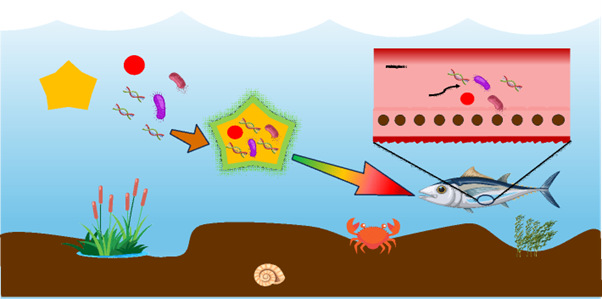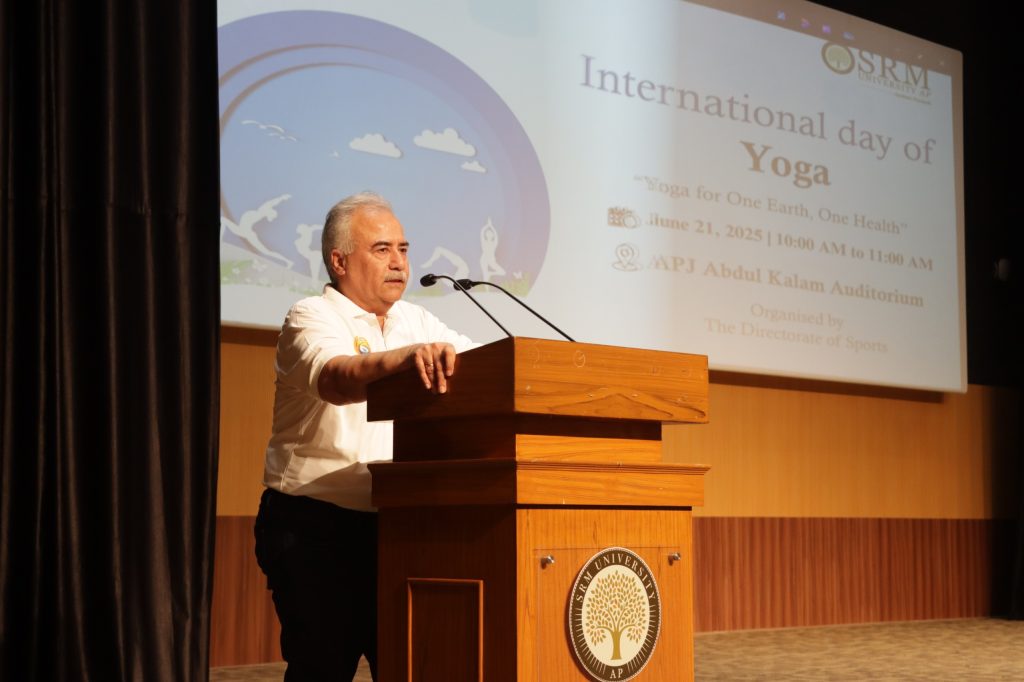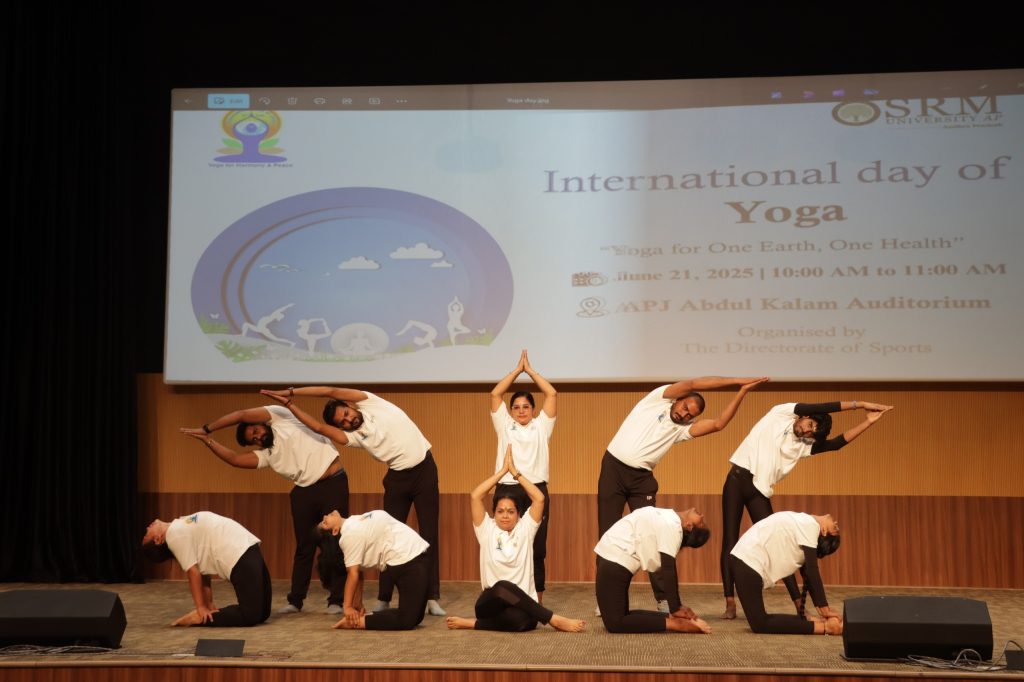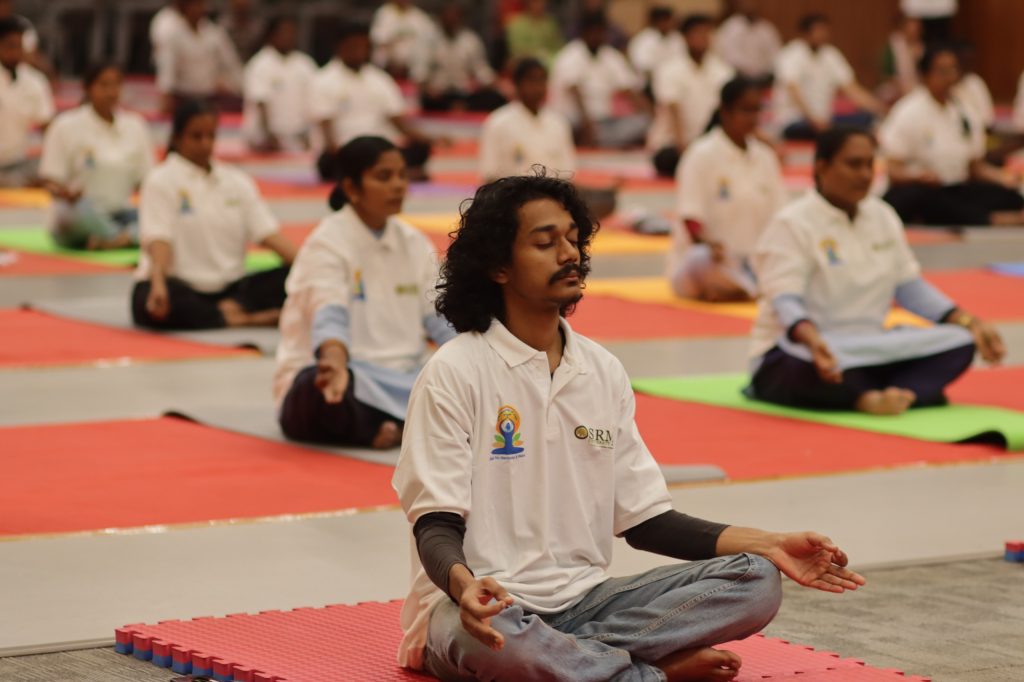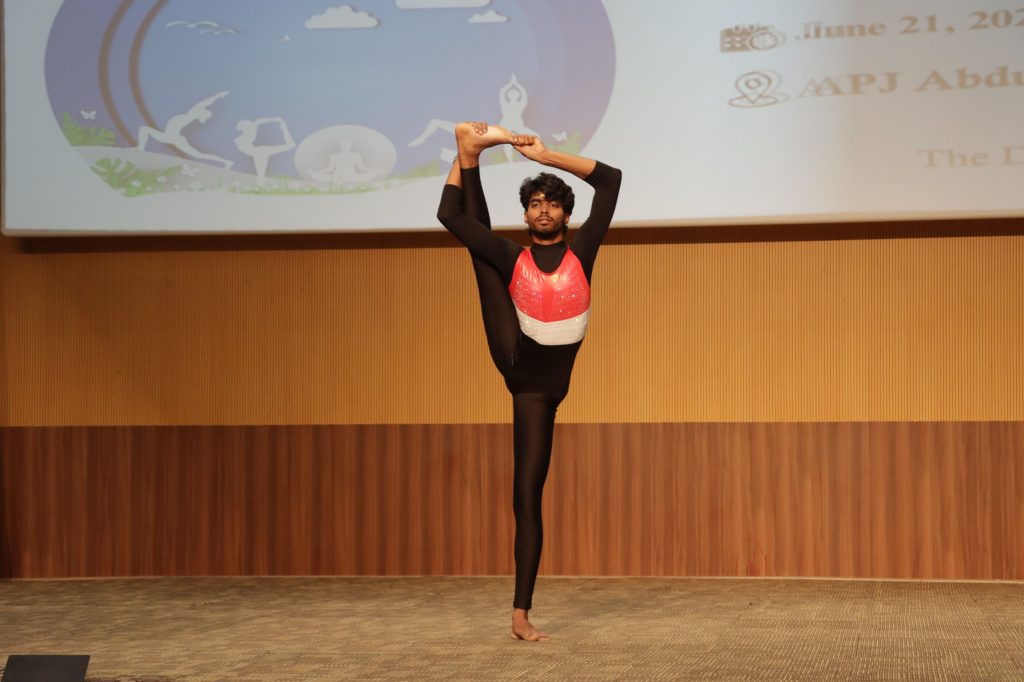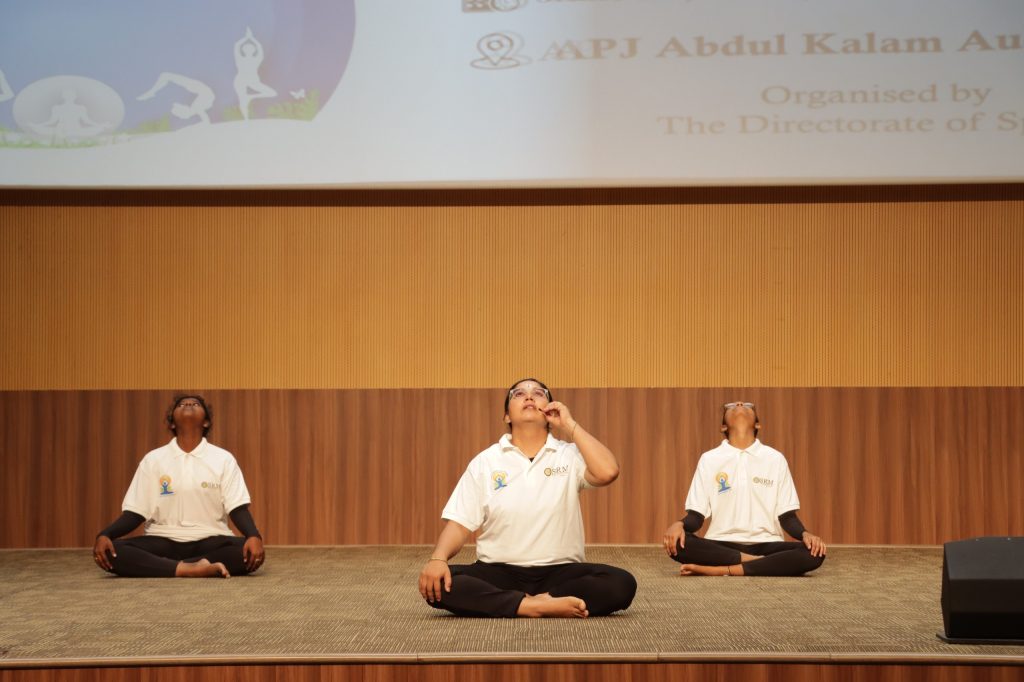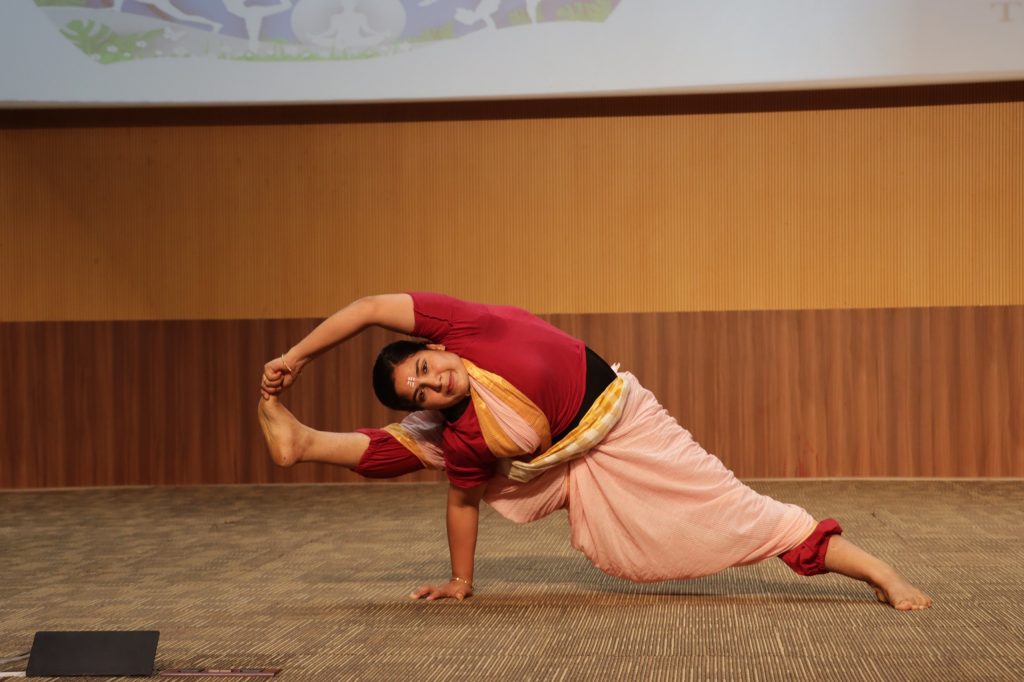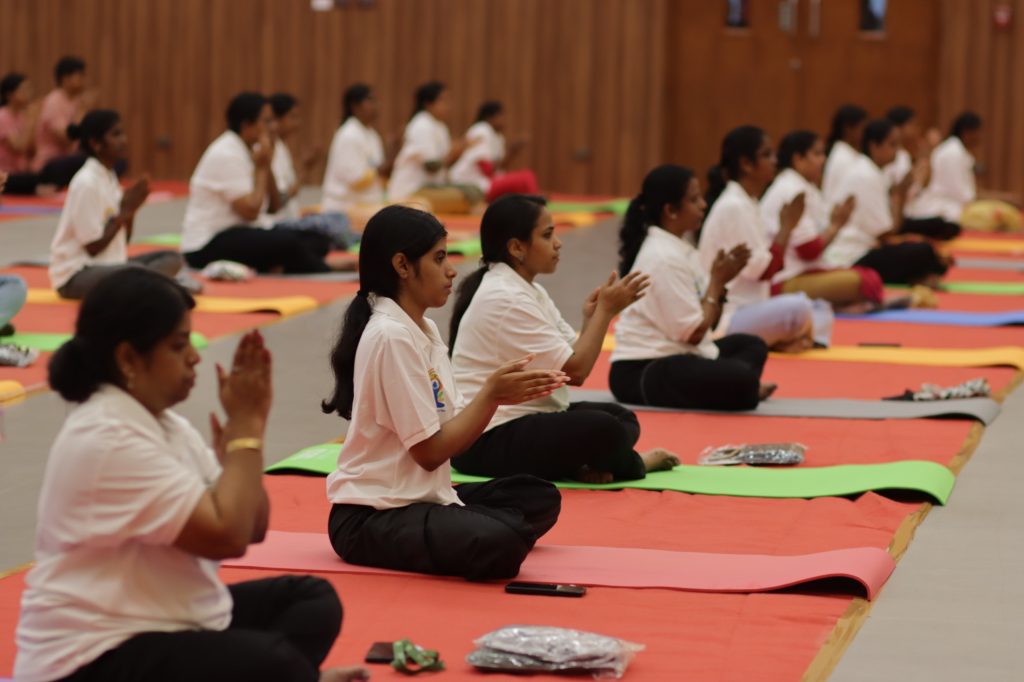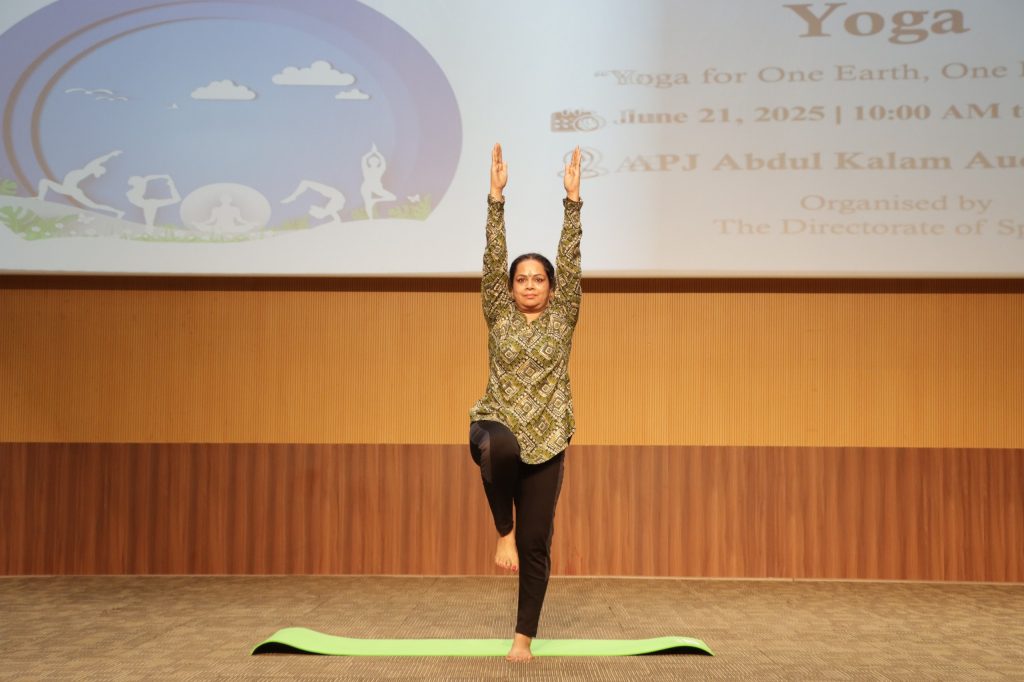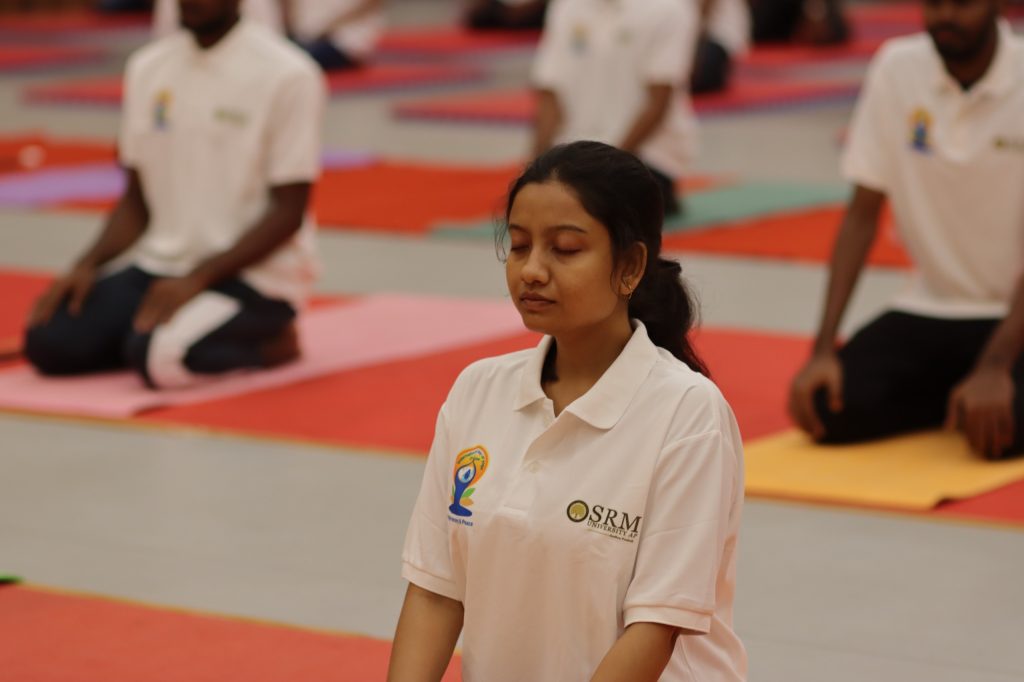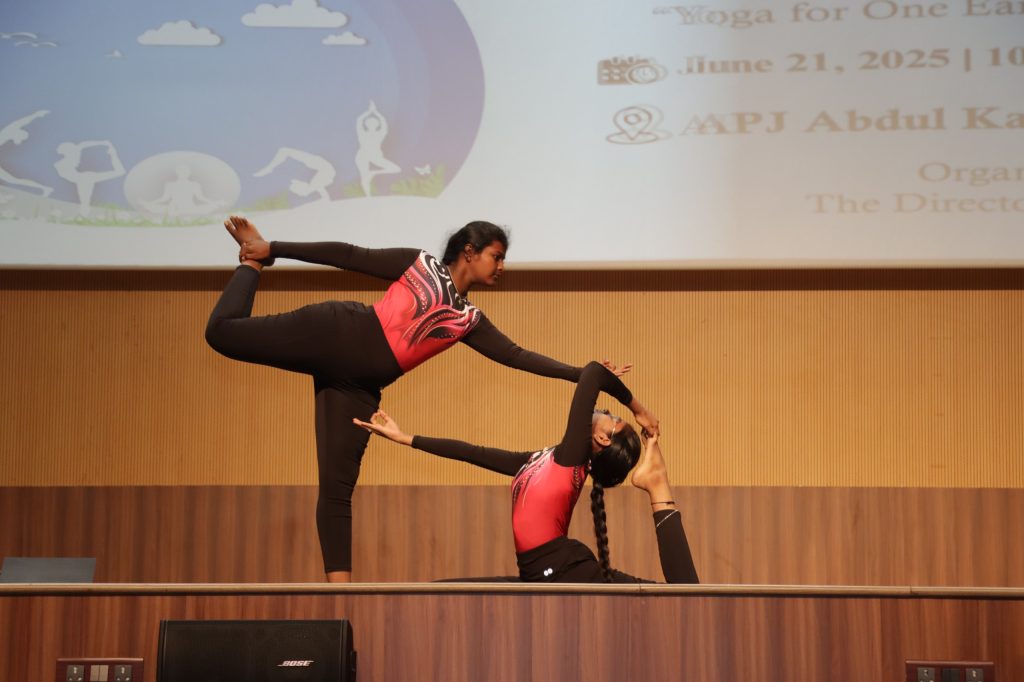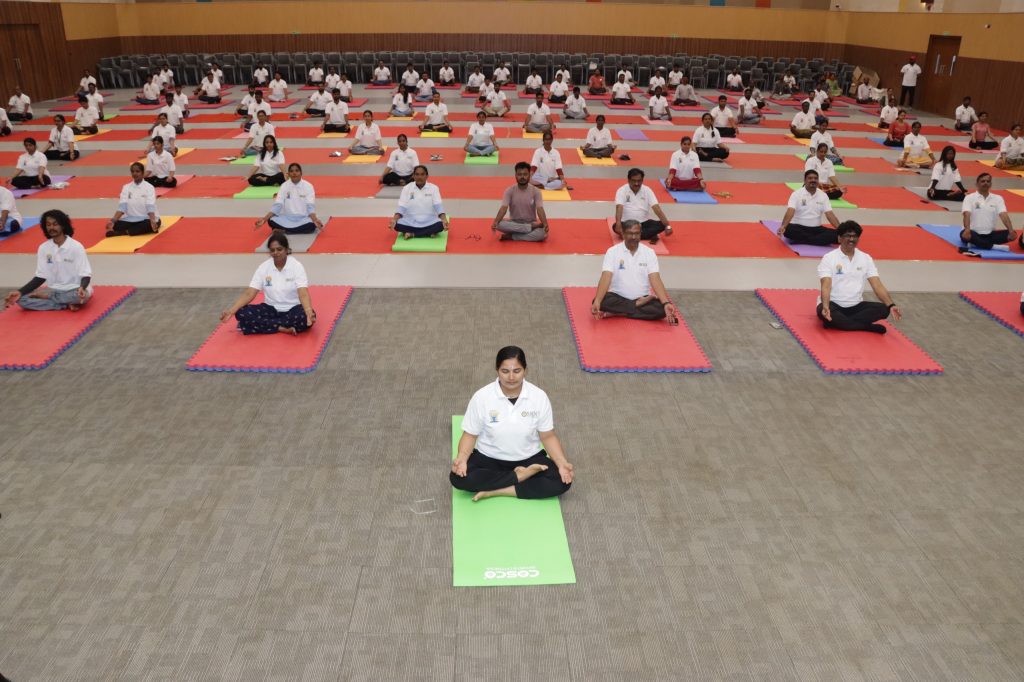- Dr Shadab Ahmad June 23, 2025
- GAA-NSFET Biosensor for High-Sensitivity Label-Free Detection June 23, 2025
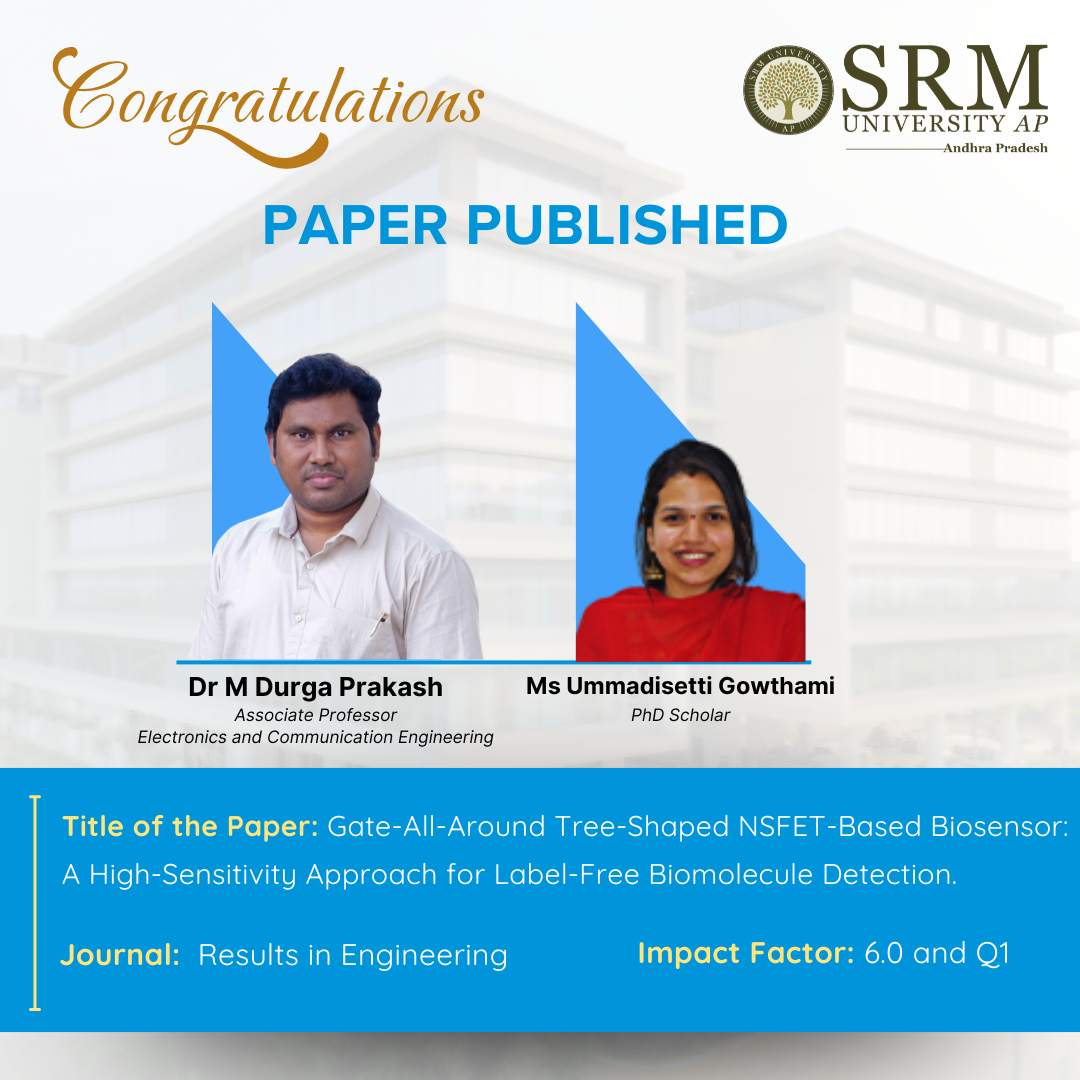 A cutting-edge research paper titled “Gate-All-Around Tree-Shaped NSFET-Based Biosensor: A High-Sensitivity Approach for Label-Free Biomolecule Detection” led by Dr M Durga Prakash, Associate Professor in the Department of Electronics and Communication Engineering, and Ms U Gowthami, PhD Scholar, has been published in the prestigious Q1 journal “Results in Engineering” with an Impact Factor of 6.0.
A cutting-edge research paper titled “Gate-All-Around Tree-Shaped NSFET-Based Biosensor: A High-Sensitivity Approach for Label-Free Biomolecule Detection” led by Dr M Durga Prakash, Associate Professor in the Department of Electronics and Communication Engineering, and Ms U Gowthami, PhD Scholar, has been published in the prestigious Q1 journal “Results in Engineering” with an Impact Factor of 6.0.This study presents a groundbreaking advancement in label-free biosensing technology by developing a highly sensitive biosensor. The device can detect extremely small biological molecules—such as proteins and DNA—without the need for traditional labeling methods that rely on fluorescent or radioactive tags. At the core of this innovation is a uniquely engineered transistor known as the Gate-All-Around Tree-Shaped Nanosheet Field-Effect Transistor (GAA-TS-NSFET). With its distinctive tree-like structure featuring multiple nanosheet branches, this advanced transistor design enables the detection of both charged and neutral biomolecules with exceptional sensitivity.
Abstract :
This paper proposes and investigates a label-free dielectrically modulated biosensor employing a Gate All Around Tree-Shaped Nanosheet Field Effect Transistor (GAA-TS-NSFET). The suggested biosensor’s excellent sensitivity to charged and neutral biomolecules is demonstrated by its electrical properties when evaluated under various biomolecule influences.A thorough sensitivity assessment is used to assess the sensing capabilities of the biosensors with various channel configurations. As indicators of biosensor sensitivity variation, we examine the subthreshold swing (SS), threshold voltage (Vth), and current switching ratio (Ion/Ioff). According to the findings, an additional channel acts as an interbridge, allowing the tree-shaped biosensor to attain the best sensitivity compared to biosensors based on NSFETs. Additionally, the article investigates how various spacer materials impact sensitivity. We also run several scenarios to see how different fill percentages affect the proposed biosensor’s sensitivity. The amount of biomolecules present determines its sensitivity. Finally, the suggested biosensor’s sensitivity is compared to other notable biosensing application efforts in a status map. The proposed GAA-TS-NSFET-based biosensor outperforms the previous works concerning Ion/Ioff sensitivity.
Practical Implementation of the Research
- Faster & Cheaper Diagnostics – Reduces reliance on expensive lab tests, making healthcare more accessible.
- Early Disease Detection – Could save lives by catching illnesses (like cancer or infections) at earlier stages.
- Less Invasive Testing – Since it doesn’t require labeling (no dyes or radioactive tags), it’s safer and simpler.
- Environmental Benefits – Could replace some chemical-based detection methods with electronic sensing, reducing waste.
Collaborations: School of Engineering, University of Warwick, Coventry CV4 7AL United Kingdom
Continue reading →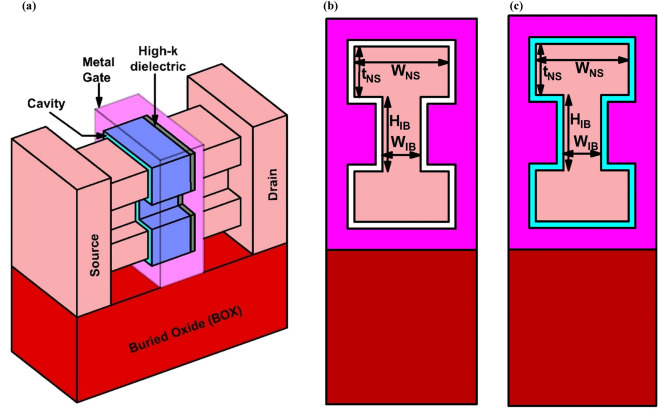
Fig. (a) 3-D view of GAATree-shaped NSFET-based biosensor; Transverse cross-sectional view of GAA Tree-shaped NSFET-based biosensor: (b) from source side and (c) from drain side.
- SRM University-AP Marks International Yoga Day with Community and Consciousness June 23, 2025
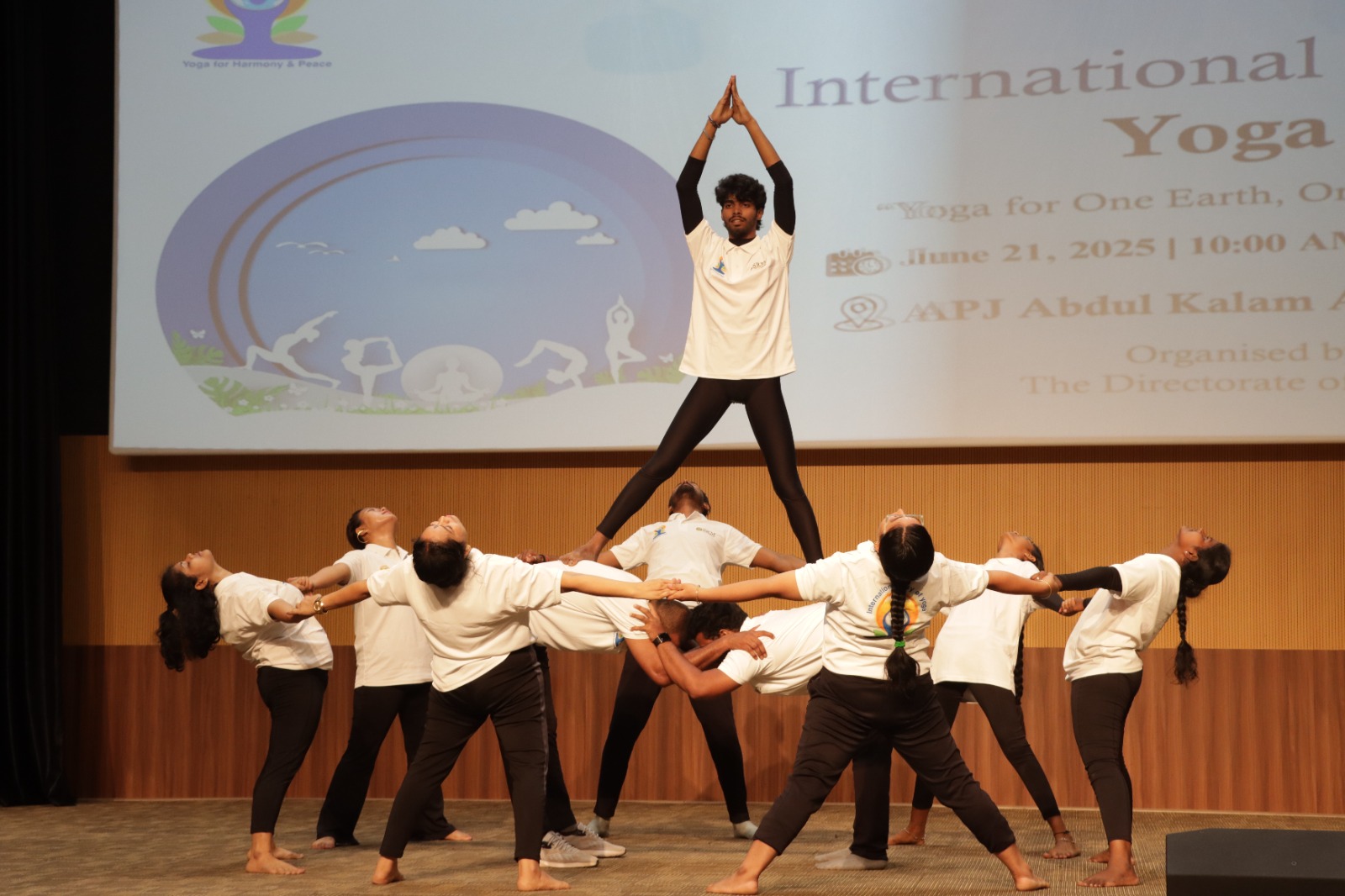 SRM University-AP, Amaravati, marked International Yoga Day on June 21 with a spirited celebration, as students, faculty, and staff united in a vibrant display of mindfulness and harmony. The event saw the participation of around 200 attendees and featured diverse yoga styles including fusion, micro, artistic, and group yoga sessions.
SRM University-AP, Amaravati, marked International Yoga Day on June 21 with a spirited celebration, as students, faculty, and staff united in a vibrant display of mindfulness and harmony. The event saw the participation of around 200 attendees and featured diverse yoga styles including fusion, micro, artistic, and group yoga sessions.Led by Yoga instructor Ms Moni, the demonstrations were energetic and engaging, inspiring all to embrace the practice. The Directorate of Sports, under the leadership of Director Mr Anup Singh Suryavanshi, organised the event seamlessly, spreading the message of holistic wellness.
The ceremony began with a warm welcome address by Dr Sushmita Kumar, Assistant Director of Sports. She remarked, “The world is celebrating the heritage of India. Yoga reflects the timeless influence of our ancient traditions on modern life. It transcends generations and geographical boundaries, promoting awareness and physical strength. This year’s theme, Yoga for One Earth, One Health, reinforces Vasudhaiva Kutumbakam—a Sanskrit phrase meaning ‘The world is one family”. This emphasises the importance of caring for ourselves and the planet alike.”
Vice-Chancellor Prof. Manoj K Arora spoke about the deeper significance of yoga, stating, “June 21 marks an important planetary alignment where energies are high, which is why it must have been chosen for International Yoga Day. To connect with the Supreme, one must be healthy physically, mentally, emotionally, and spiritually. True health is the alignment of all these dimensions.”
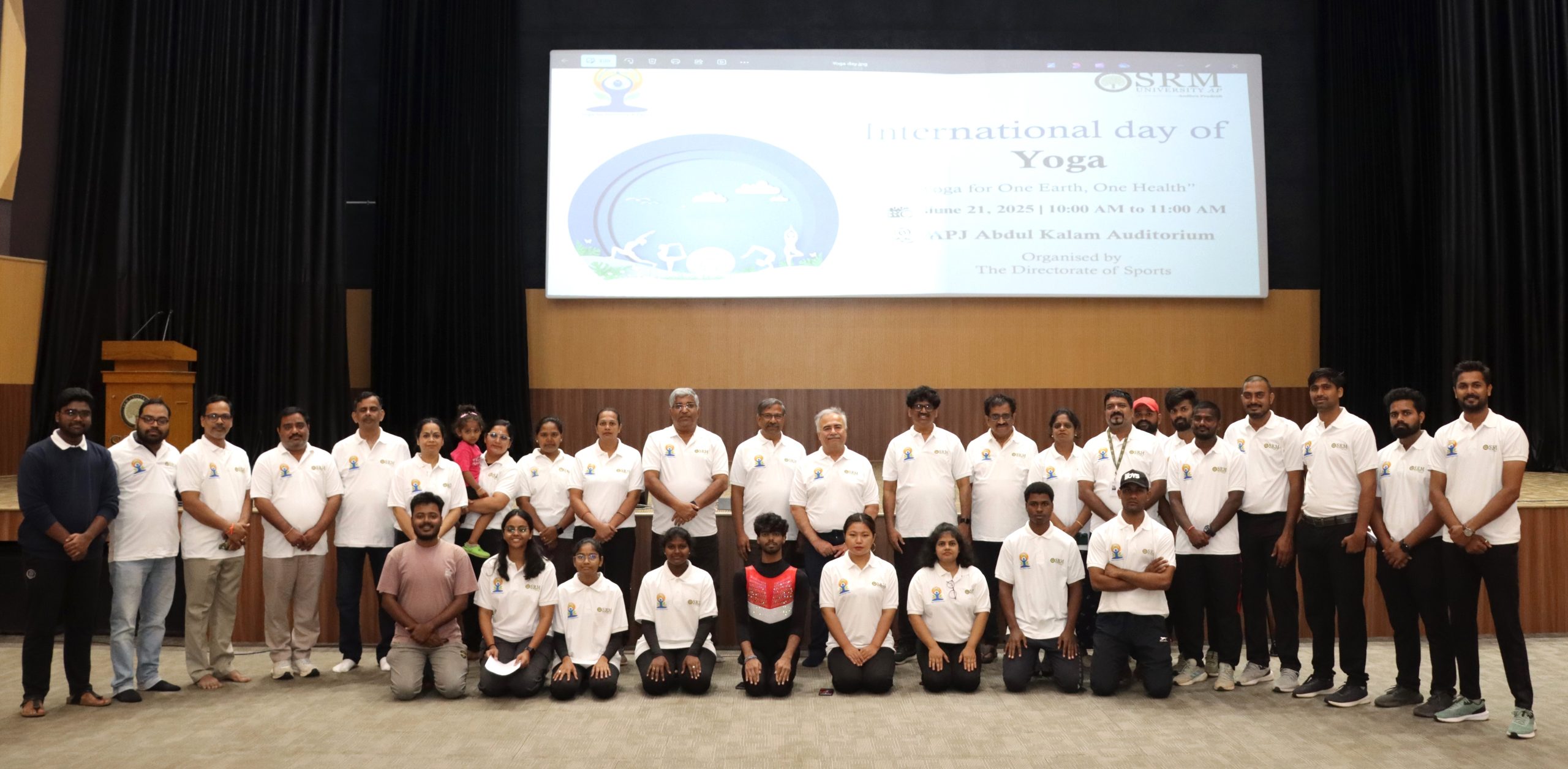
He added, “Yoga is not merely a physical exercise, it involves breathwork, emotional balance, and spiritual connection. Only when all aspects of well-being are in harmony can we live truly fulfilling lives. This alignment, in fact, is what education ultimately seeks to achieve along with intellectual and economic well-being .”
Pro Vice-Chancellor, Dr Satish Kumar, echoed this sentiment and described yoga as India’s timeless gift to the world, stressing that it should be a daily practice rather than an annual observance. “Thousands of years ago, Patanjali gifted us this profound practice. While other countries have brought different things to the world some positive, some harmful, India has given the world yoga: peace, culture, and a way of life. Even just 10 to 15 minutes of yoga daily can transform your well-being. Make it a part of your routine,” he urged.
Earlier in the day, Ms Moni also conducted yoga sessions at the Government High School in Neerukonda, where young students participated with enthusiasm. She further led yoga sessions for around 90 participants, including men and women from nearby villages, who actively engaged in the community-driven initiative.
Continue reading → - Gold Medal for SRM University-AP Runners June 20, 2025
Eenadu
Continue reading →
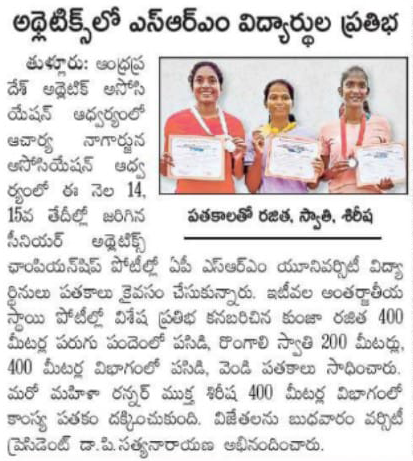
Mangalagiri Times
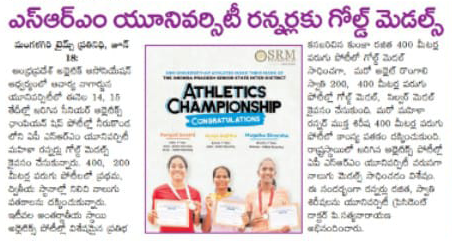
Journalist File
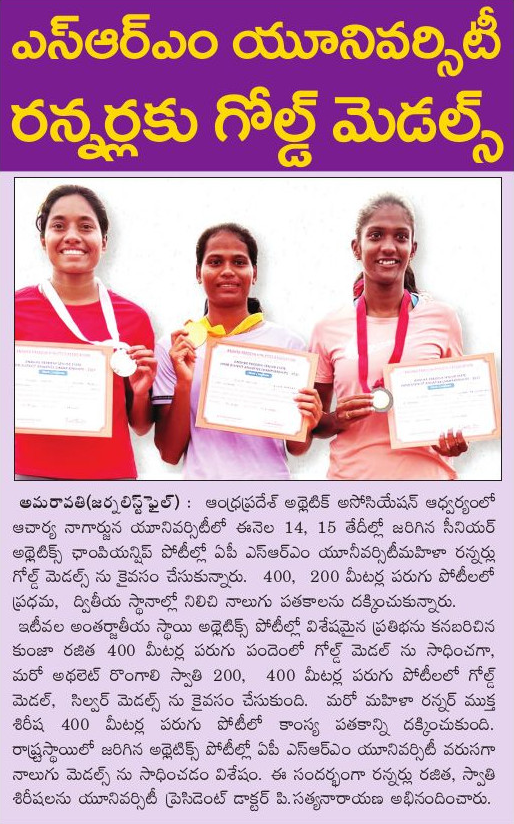
Vartha
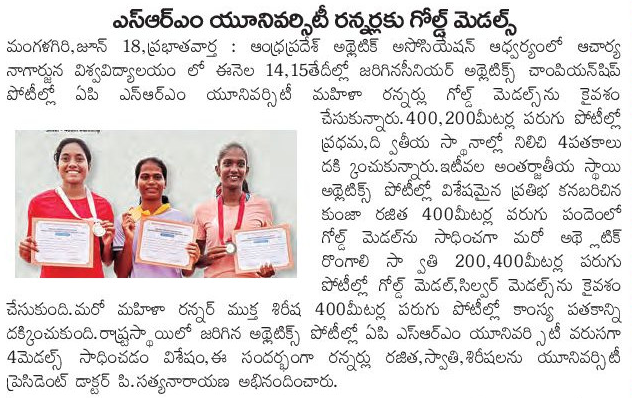
Andhra Jyothi
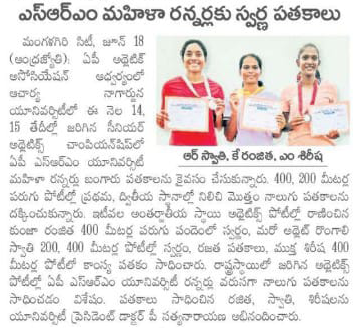
Prajasakthi
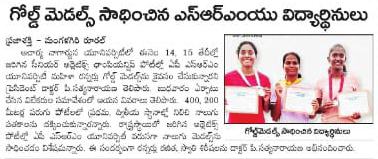
Andhra Patrika
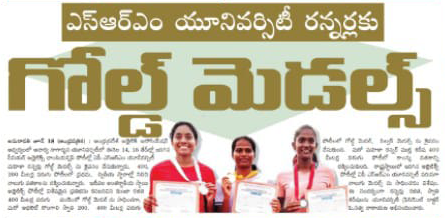
- Microplastics: Hidden Drivers of Antimicrobial Resistance in Aquatic Systems June 20, 2025
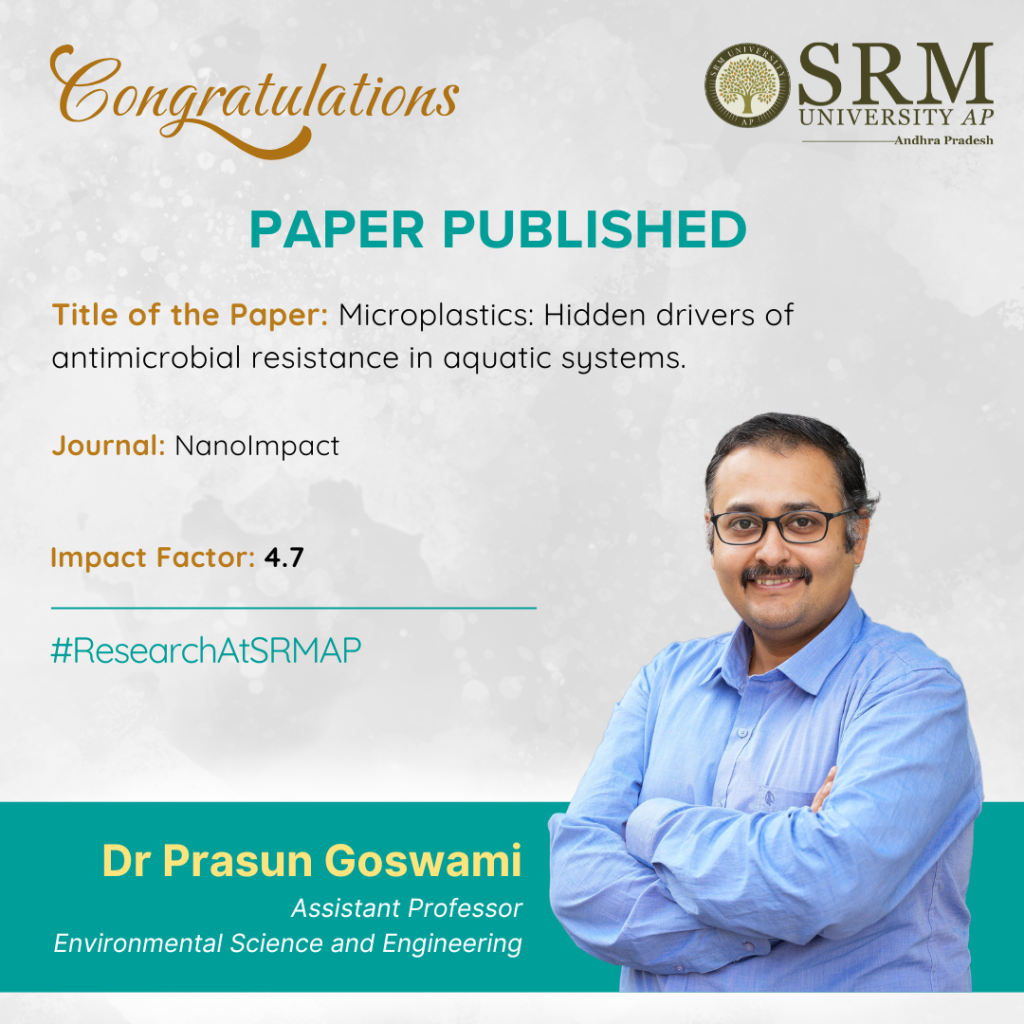
Dr Prasun Goswami, Assistant Professor from the Department of Environmental Science and Engineering, published a paper titled “Microplastics: Hidden drivers of antimicrobial resistance in aquatic systems”, in the Q1 journal, NanoImpact. His research reveals a concerning connection between microplastics and antimicrobial resistance in oceans. The study uncovers how microplastics in our oceans can harbour antibiotic-resistant pathogens, posing significant threats to marine ecosystems and human health. The paper not only sheds light on the topic but also proposes essential steps to better understand and manage the emerging threat.
Abstract
Tiny plastic particles, called microplastics, are commonly found in oceans, rivers, and lakes. These particles quickly gather layers of bacteria and other microbes, forming what scientists call the “plastisphere.” This plastisphere can carry harmful bacteria, including those that are resistant to antibiotics. Together, these plastic-based communities and the genes they carry make up what’s now being called the “Plastiome.” This review looks at how microplastics interact with bacteria and antibiotic resistance in water environments. It highlights how these plastics can collect and spread dangerous germs and genes that make infections harder to treat. The result is a growing health risk not just for marine life, but also for people. The review also points out areas where more research is needed and suggests ways to better understand and manage the spread of antibiotic resistance through plastic pollution in water.
Practical Implementation/ Social Implications of the Research
Understanding the Plastiome—the microbial life thriving on microplastics—is not just a scientific curiosity; it has real-world consequences. As these plastic particles travel through our oceans, they act as floating hubs for antibiotic-resistant bacteria, which can potentially enter the food chain via seafood or contaminate drinking water sources. The research highlights the urgent need for improved waste management, plastic use reduction, and policy frameworks to monitor microplastic pollution and its microbial cargo. By identifying how microplastics help spread antimicrobial resistance (AMR), the study can help inform public health strategies, guide marine conservation policies, and support international efforts to tackle both plastic pollution and the growing AMR crisis. In essence, tackling the Plastiome is not just about saving the oceans; it’s about protecting ecosystems, public health, and the future.
Collaborations
This work was conducted in collaboration with the National Institute of Animal Health, National Agriculture and Food Research Organization (NIAH-NARO), Tsukuba, Japan.
Future Research Plans
As part of the ongoing research, Dr Prasun explores how different plastic polymers interact with microbial communities and antibiotic resistance (AMR) genes in aquatic environments. Not all plastics behave the same—some may provide a more favourable surface for harmful microbes or facilitate the spread of resistance genes more efficiently. By understanding these polymer-specific interactions, he aims to identify which types of plastics pose the greatest environmental and public health risks. This research has important implications for designing safer materials, guiding environmental regulations, and developing strategies to curb the spread of AMR through plastic pollution in marine and freshwater ecosystems.</p
Continue reading →